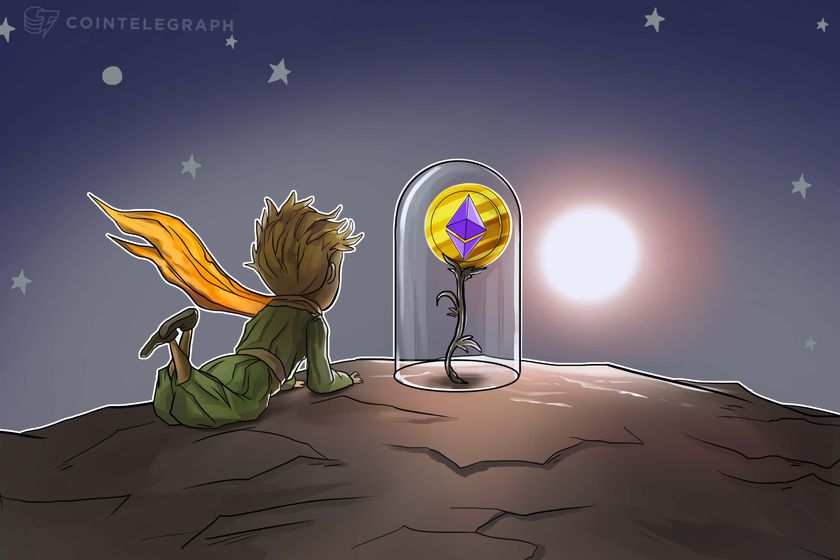
BTC investor sentiment turns increasingly bullish after this week’s quick rebound from a sharp price correction.
Bitcoin (BTC) experienced a 5% increase after testing the $25,000 support level on Sept. 11. However, this breakout rally doesn't necessarily indicate a victory for bulls. To put today’s price action in perspective, BTC has witnessed a 15% decline since July. In contrast, the S&P 500 index and gold have maintained relatively stable positions during this period.
This underperformance demonstrates that Bitcoin has struggled to gain momentum, despite significant catalysts such as Microstrategy's plan to acquire an additional $750 million worth of BTC and the multiple requests for Bitcoin spot ETFs from trillion-dollar asset management firms. Still, according to Bitcoin derivatives, bulls are confident that $25,000 marked a bottom and opened room for further price gains.

Some argue that Bitcoin's primary drivers for 2024 are still in play, specifically the prospects of a spot ETF and the reduction in supply following the April 2024 halving. Additionally, some of the cryptocurrency markets’ immediate risks have diminished following the U.S. Securities and Exchange Commission (SEC) experiencing partial losses in three separate cases involving Grayscale, Ripple and the decentralized exchange Uniswap.
On the other hand, bears have their own set of advantages, including the ongoing legal cases against leading exchanges like Binance and Coinbase. Moreover, there is the troubled financial situation of the Digital Currency Group (DCG) after one of its subsidiaries declared bankruptcy in January 2023. The group is burdened with debts exceeding $3.5 billion, potentially leading to the sale of funds managed by Grayscale, including the Grayscale Bitcoin Trust (GBTC).
Let's look at derivatives metrics to understand better how professional traders are positioned in the current market conditions.
Bitcoin futures and options metrics held steady despite the correction
Bitcoin monthly futures typically trade at a slight premium to spot markets, indicating that sellers are asking for more money to delay settlement. As a result, BTC futures contracts should typically trade at a 5 to 10% annualized premium — a situation known as contango, which is not unique to crypto markets.

It's worth noting that the demand for leveraged BTC long and short positions through futures contracts did not have a significant impact on the drop below the $25,000 mark on Sept. 11. However, the BTC futures premium continues to hover below the 5% neutral threshold. This metric remains in the neutral-to-bearish range, indicating a lack of demand for leverage long positions.
To gauge market sentiment further, it’s also helpful to look at the options markets, as the 25% delta skew can assess whether the retest of the $25,000 has made investors more optimistic. In short, if traders expect a drop in Bitcoin’s price, the skew metric will rise above 7%, while periods of excitement typically have a negative 7% skew.

The situation underwent a notable shift on Sept. 11, as the 25% delta skew metric, which previously indicated a 9% premium on protective put options, suggesting investors were expecting a correction, has now leveled off at 0. This indicates a balanced pricing between call and put options, implying equal odds for both bullish and bearish price movements.
Macroeconomic uncertainty favors bears, but BTC bulls remain confident
Given the uncertainty on the macroeconomic front, particularly with the upcoming release of the inflation CPI report on Sept. 13 and retail sales data on Sept. 14, it's likely that crypto traders will be cautious and prefer a "return to the mean." In this context, the mean represents the predominant trading range of $25,500 to $26,200 observed over the past couple of weeks.
However, from a bullish perspective, the fact that derivatives markets held up during the dip below $25,000 is a promising sign. In other words, if bears had significant conviction, one would expect a stronger appetite for put options and a negative BTC futures premium, known as "backwardation."
Ultimately, both bulls and bears have significant triggers that could influence the price of Bitcoin, but predicting the timing of events such as court decisions and ETF rulings is challenging. This dual uncertainty likely explains why derivatives metrics have remained resilient, as both sides exercise caution to avoid excessive exposure.
This article is for general information purposes and is not intended to be and should not be taken as legal or investment advice. The views, thoughts, and opinions expressed here are the author’s alone and do not necessarily reflect or represent the views and opinions of Cointelegraph.





































